At the end of August, the prestigious American website CNN announced a list of 21 most beautiful World Heritage Sites. Among more than 1,000 heritage sites recognized by UNESCO, the Ho Dynasty Citadel (Thanh Hoa) ranked high when it was named first. On the same day, a detailed article introducing the Ho Dynasty Citadel was also published by CNN.
The Ho Dynasty Citadel (also known as Tay Do Citadel, An Ton Citadel, Tay Kinh Citadel or Tay Giai Citadel) was the capital of Dai Ngu (the national name of Vietnam during the Ho Dynasty), located in the area now belonging to Thanh Hoa province. This is a solid citadel with unique stone architecture on a rare large scale in Vietnam, the most valuable and unique, the only remaining in Southeast Asia and one of the very few remaining stone citadels in the world[1]. The citadel was built in a short time, only about 3 months (from January to March 1397) and until now, although it has existed for more than 6 centuries, some sections of this citadel remain relatively intact.
The citadel was built on the territory of two villages, Tay Giai and Xuan Giai, now in Vinh Tien commune and Dong Mon village, now in Vinh Long commune, Vinh Loc district, Thanh Hoa province. The location of the citadel compared to neighboring city centers is as follows:
– Distance from Hanoi capital: 140 km (via National Highway 1A, National Highway 38B, National Highway 12B and National Highway 45)
– From Thanh Hoa city: 45 km (following National Highway 45)
– Distance from Tam Diep city: 42 km (follow Dong Giao Avenue and National Highway 45)
Tay Do Citadel was built in 1397 under the Tran Dynasty, commanded by the powerful mandarin Ho Quy Ly, who shortly after (1400) established the Ho Dynasty.
According to historical records, the citadel began to be built in the spring of January, Dinh Suu year, Quang Thai 10th year of the reign of King Thuan Tong of the Tran Dynasty. The person who decided on the construction policy was Ho Quy Ly, who at that time held the position of Nhap Noi Phu Chinh Thai Su Binh Chuong Quan Quoc Trong Su, with the title of Tuyen Trung Ve Quoc Dai Vuong, the position of Prime Minister, holding all the power of the court. The person who directly organized and managed the construction work was the Minister of the Ministry of Personnel, Thai Su Lenh Do Tinh (some books write Man).
Ho Quy Ly built a new citadel in An Ton cave (now in Vinh Long and Vinh Tien communes, Vinh Loc district, Thanh Hoa province), as a new capital named Tay Do, with the aim of forcing the Tran dynasty to move the capital there in preparation for the abolition of the Tran dynasty.
In March of the year Canh Than (March 26 to April 24, 1400), the Ho Dynasty was established (1400-1407) and Tay Do was the capital of the new dynasty. Thang Long Citadel was renamed Dong Do and still played an important role in the country. Therefore, Tay Do Citadel was popularly known as Ho Dynasty Citadel. The stone citadel was built in a record time, only about 3 months. Other structures such as the palaces, the La Thanh for defense outside, the Nam Giao altar... continued to be built and completed until 1402.
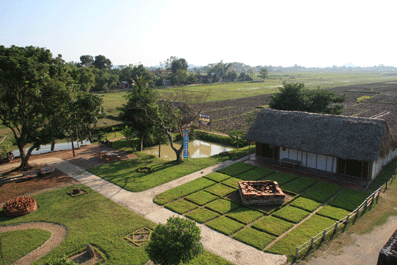 |
| Inside Ho Dynasty Citadel |
Since 1993, eight sites in Vietnam have been recognized as World Heritage Sites, and seven are awaiting recognition. Many sites of great natural or historical significance, such as Ha Long Bay or the ancient capital of Hue, are well known to domestic and foreign visitors. However, the most recent heritage to be recognized – in 2011 – is virtually unknown. The Ho Dynasty Citadel, located in Thanh Hoa, 150km south of Hanoi, is a witness to a short-lived dynasty in feudal history.
The selection of the Ho Dynasty Citadel as a World Heritage Site has caused many surprises. Firstly, the Ho Dynasty lasted only seven years (1400-1407), an extremely short dynasty in the thousands of years of Vietnamese history. Secondly, this is an empty citadel without palaces, temples, or relics, but only four walls surrounding agricultural land.
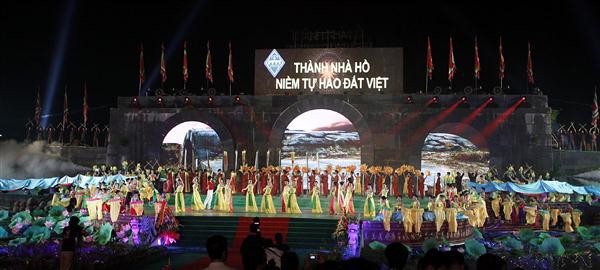 |
| People happily received the title |
However, according to UNESCO, the citadel is “an outstanding symbol representing a new style of Southeast Asian imperial court.” The citadel was chosen here because of its surrounding feng shui. It is located in a rather rugged terrain, which has the advantage of being a military defense rather than a political, economic and cultural center. While the Ma and Buoi rivers flow on either side of the citadel, the Don Son and Tuong Son mountains protect the valley.
The Ho Dynasty Citadel is one of the few remaining stone citadels in the world. The 600-year-old walls, stretching nearly a kilometer on each side, are still almost intact today. The four gates stand firmer than ever. Although the cracks in the walls are a bit shaky and overgrown with weeds and bushes, this only adds to the mystery of the citadel.
Source: https://giaoducthoidai.vn/cnn-binh-chon-thanh-nha-ho-dan-dau-21-di-san-the-gioi-dep-nhat-post20425.html



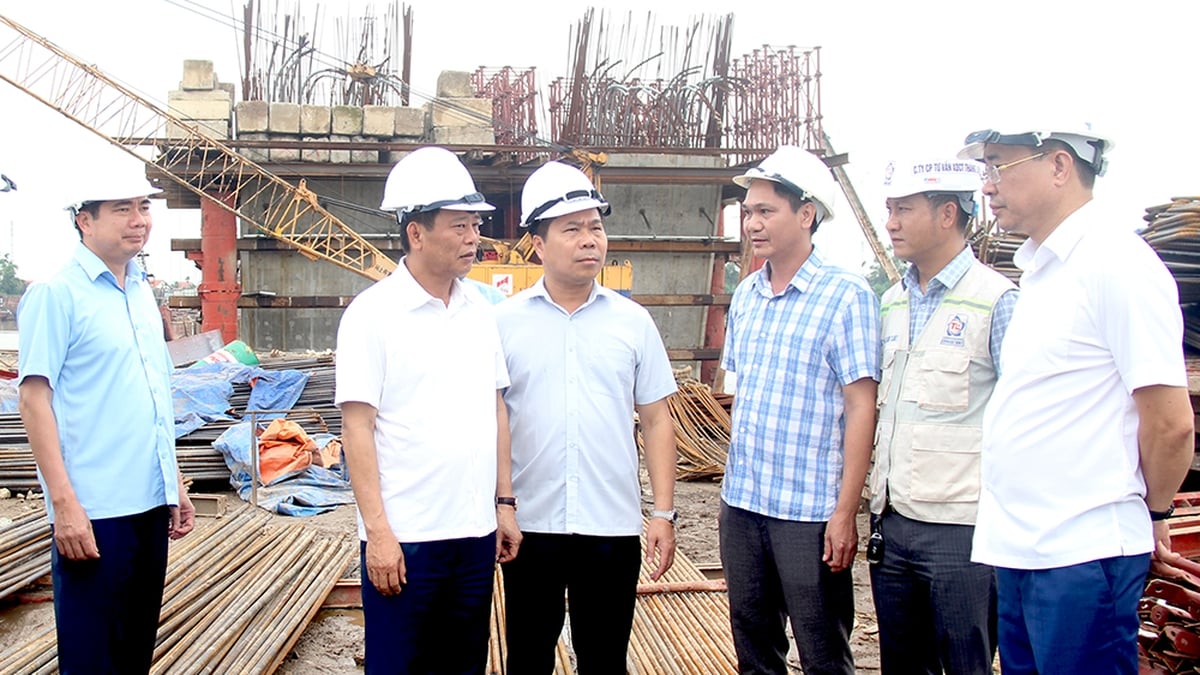


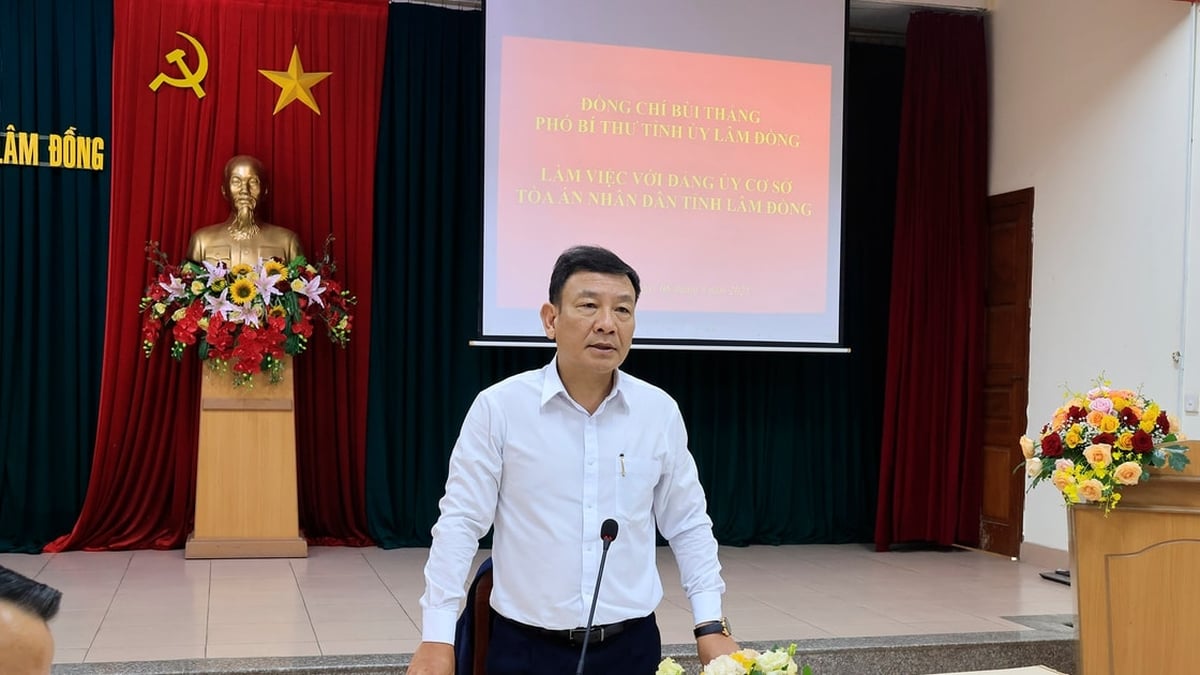
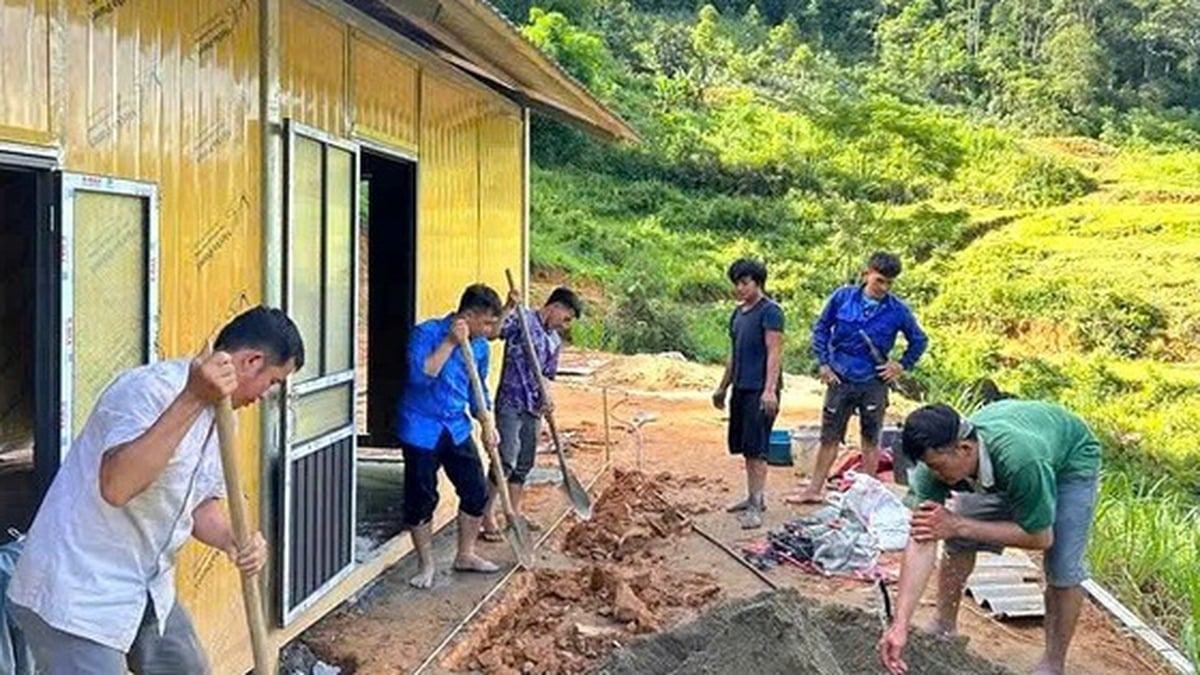

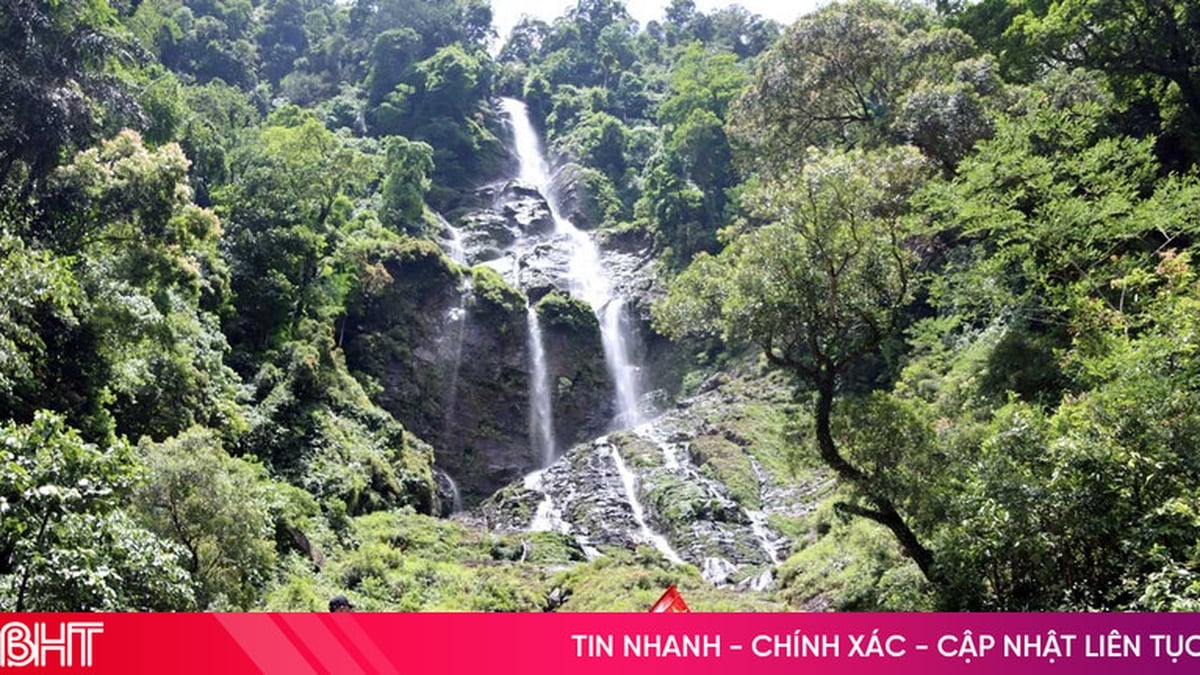













![[Photo] Discover the "wonder" under the sea of Gia Lai](https://vphoto.vietnam.vn/thumb/1200x675/vietnam/resource/IMAGE/2025/8/6/befd4a58bb1245419e86ebe353525f97)

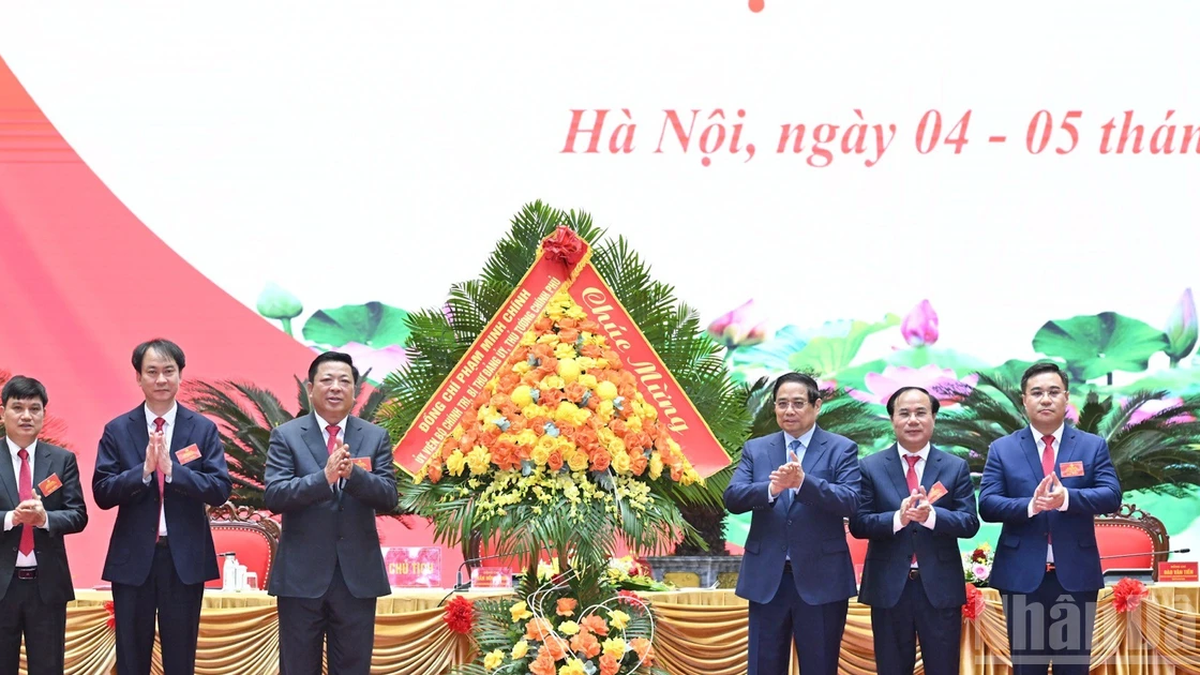
![[Photo] Nghe An: Provincial Road 543D seriously eroded due to floods](https://vphoto.vietnam.vn/thumb/1200x675/vietnam/resource/IMAGE/2025/8/5/5759d3837c26428799f6d929fa274493)



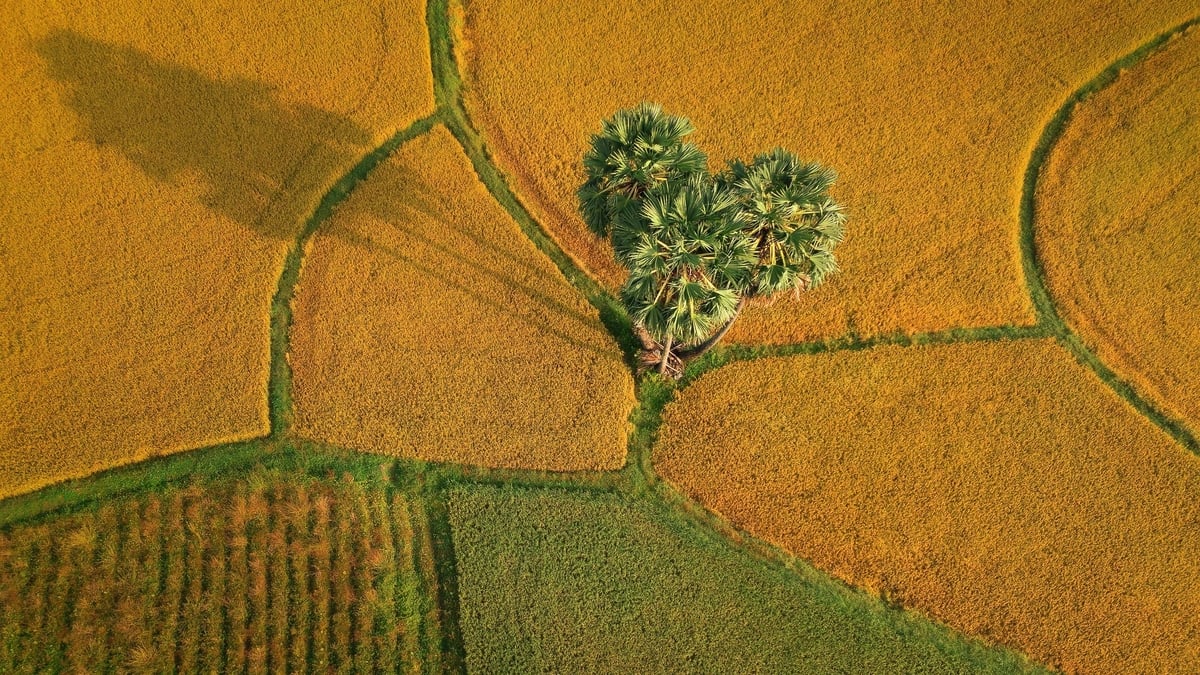

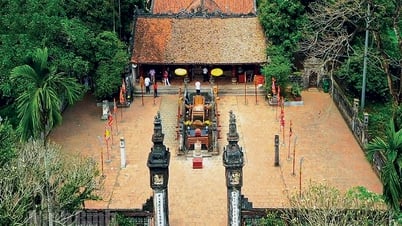

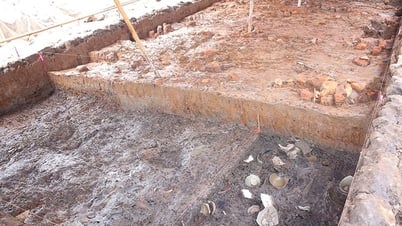

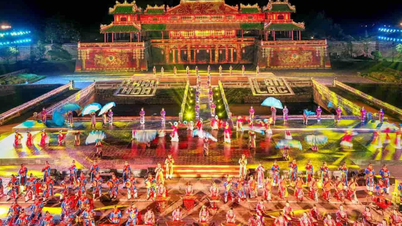
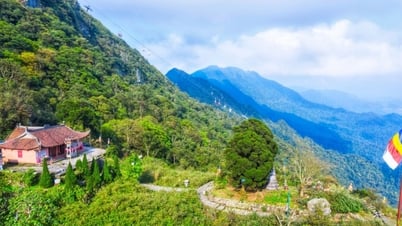

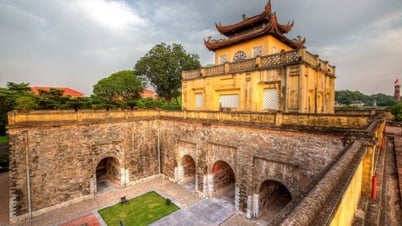

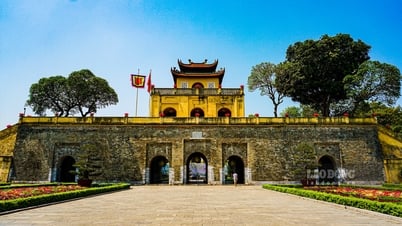























































Comment (0)